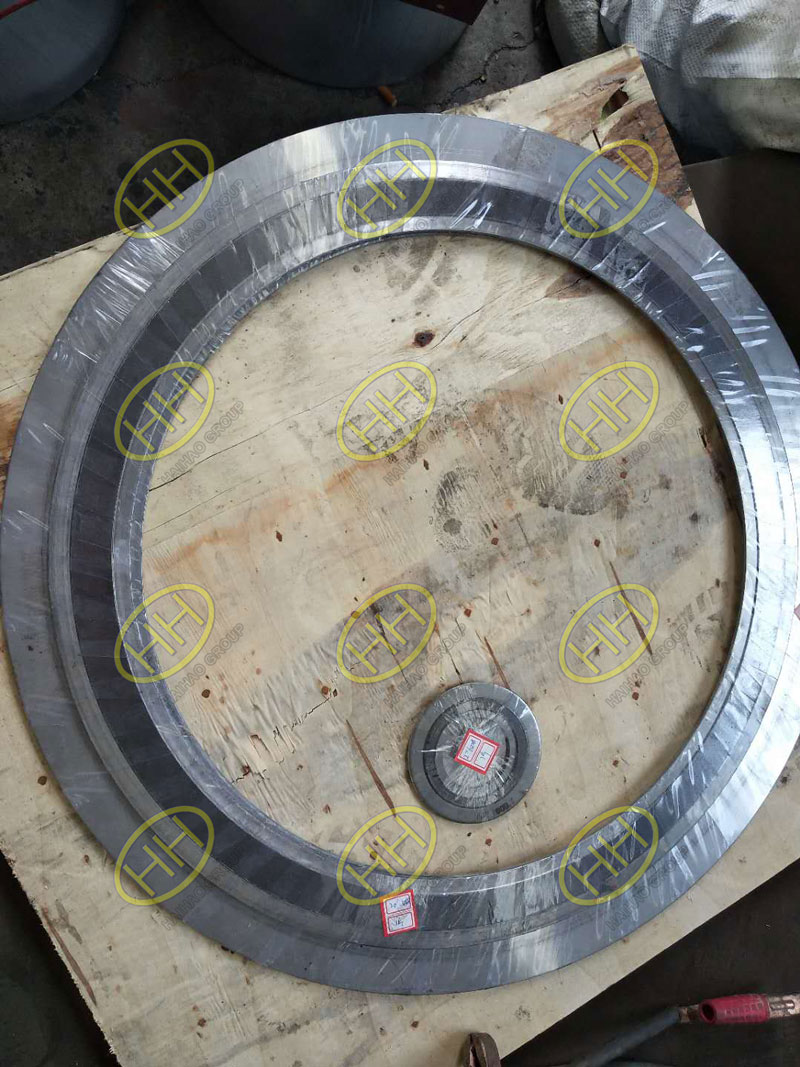Evolution, standards and applications of spiral wound gaskets
Spiral wound gaskets have been integral to industrial piping since their inception in 1912. However, it was not until the 1990s that they gained widespread adoption in industrial pipelines. Their journey toward becoming an industry standard is marked by regulatory changes, material evolution,and the need for effective solutions in high-pressure and high-temperature environments.
The Impact of Regulations and the Decline of Asbestos
On July 12, 1989, the U.S. Environmental Protection Agency (EPA) issued a final rule banning most asbestos-containing products, including gaskets. Before this, asbestos gaskets were widely used in low-temperature and low-pressure applications because they had a low tendency to crack under such conditions. Meanwhile, ring-type joint (RTJ) gaskets were preferred for high-temperature (above approximately 500°F) and high-pressure scenarios.
In the early 1990s, the petrochemical industry began searching for a gasket material that could be as effective as asbestos. Spiral wound gaskets emerged as a robust alternative because they allowed for the use of materials suitable for the demanding requirements of the oil and gas industry. Within five years, the industry standardized the spiral wound gasket in ASME B16.20.

spiral wound gaskets
ASME B16.20 Amendment: Introduction of Inner Rings
In May 2008, ASME B16.20 was amended to require the use of inner rings in spiral wound gaskets. The standard specifies:
“…All spiral wound gaskets filled with polytetrafluoroethylene (PTFE) material shall be equipped with an inner ring. For spiral wound gaskets filled with flexible graphite, an inner ring shall be provided unless otherwise specified by the buyer. For all filler materials, spiral wound gaskets shall have an inner ring under the following conditions: a) NPS 24 and larger, Class 900; b) NPS 12 and larger, Class 1500; c) NPS 4 and larger, Class 2500.”
The necessity for inner rings is due to the flange surface generating enough gasket stress that excessive compression pushes the winding material toward the outer (guide) ring. The outer ring, made of a solid piece of carbon steel, and the stainless steel winding layers are shaped into a “Chevron V” design. This design, rather than referencing Chevron Corporation, describes the physical shape, which helps the winding material compress toward the pipe’s internal diameter. Without the inner ring, excessive compression (approximately 22 ksi of gasket stress) could cause the metal windings to fail entirely, often resulting in what is known as a “bird’s nest” — where the metal windings collapse into the pipe and tangle. This can be problematic, especially if the collapsed material moves into rotating equipment or valves.
Advantages of Spiral Wound Gaskets
Spiral wound gaskets have become a preferred choice for piping gaskets in ASME B16.5 and B16.47 flanges. Despite the rising popularity of Kammprofile gaskets in heat exchangers, spiral wound gaskets also perform exceptionally well in such applications. Their compressibility and resilience make them the optimal choice for most flanges as they adapt to surface irregularities, creating a reliable seal.
In recent years, spiral wound gaskets have increasingly replaced RTJ gaskets in high-pressure flange applications, even those involving ASME B16.5 2500 series flanges. This shift highlights the versatility and effectiveness of spiral wound gaskets in maintaining seal integrity across a wide range of operating conditions.
Spiral wound gaskets are a versatile and reliable solution for industrial sealing, with a long history of adaptation and improvement. As regulations and industry needs evolve, these gaskets continue to be the go-to option for professionals seeking a dependable and effective sealing solution.

